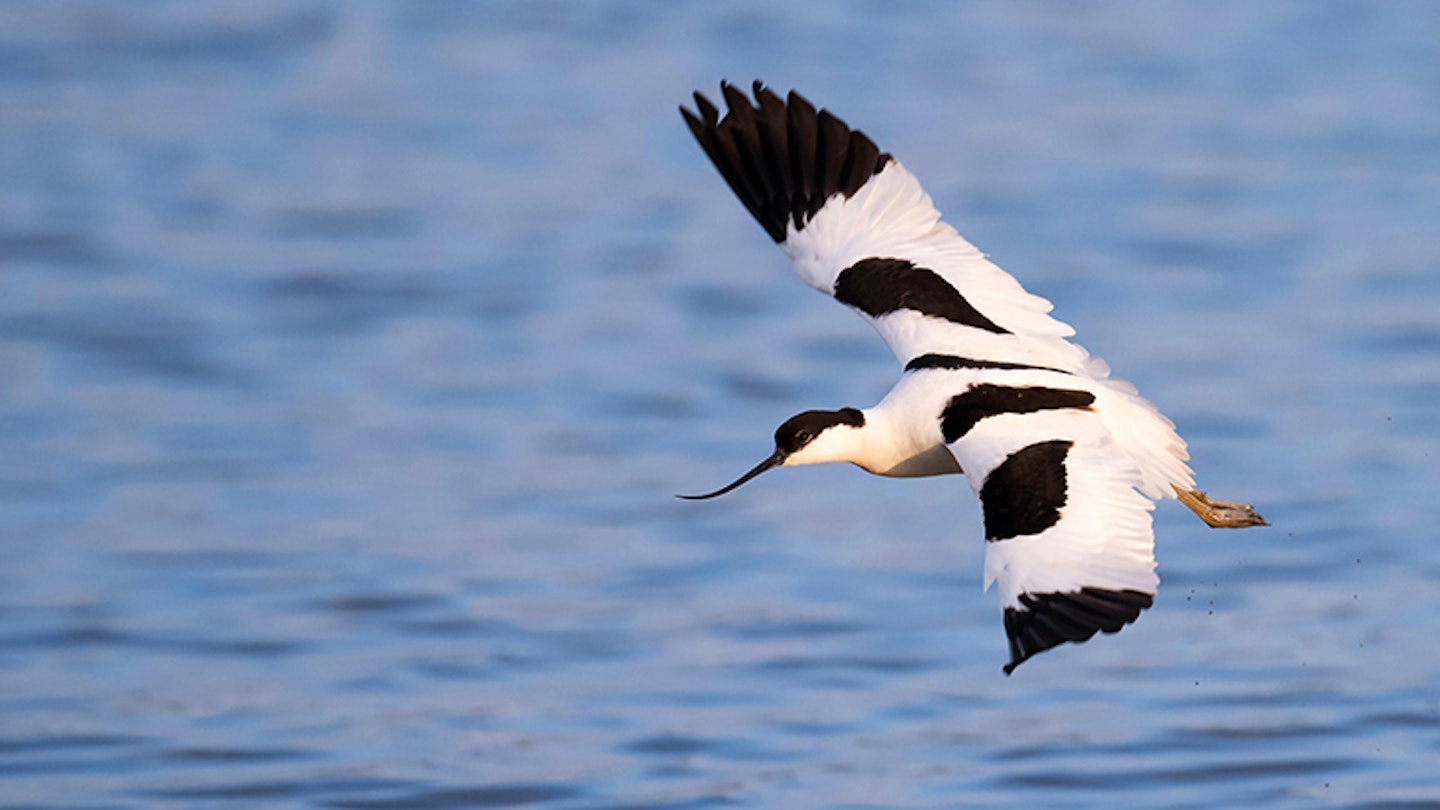It goes without saying that there are only four weeks in February. And with the daylight hours still being very short, there sometimes seems hardly any time to go birding. But, get your timing right and there are plenty of wonderful birds packing a punch in late winter, like this bunch of five.
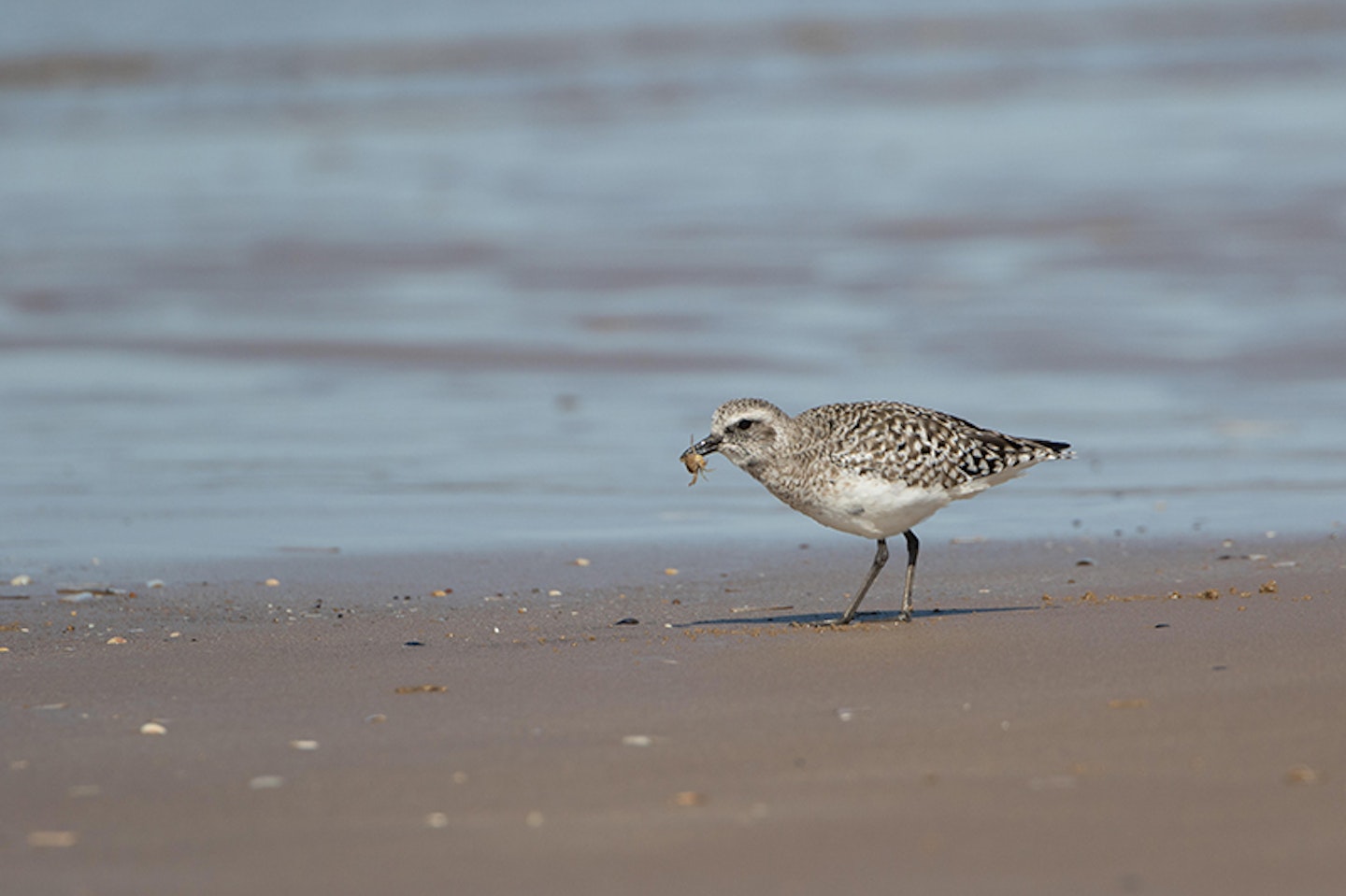
Grey Plover
With vast, swirling flocks of Knot and Dunlin dominating birders’ perception of estuary wader-watching, the handsome Grey Plover often gets somewhat ignored. Admittedly, they are not as handsome in winter as they are in their black-bellied breeding finery, but they are still very pleasing on the island in their winter garb. Note the robust size, large bill (for a plover), big stary black eye and, in flight the black axillaries (‘armpits’). The mournful ‘who are you?’ is one of the most evocative calls of a British coast in winter.
Avocet

Famously, the emblem of the RSPB returned to breed (in Suffolk) in the middle of World War II. Now, there are are probably more than 2,000 breeding pairs, and perhaps more than 9,000 wintering individuals in the country (with a particularly strong wintering population in the south-west of England). As everyone knows, Avocets are supremely elegant birds with striking white and black plumage, long blue-grey legs and a crazily thin and absurdly upturned bill. What could be better on a winter’s day?
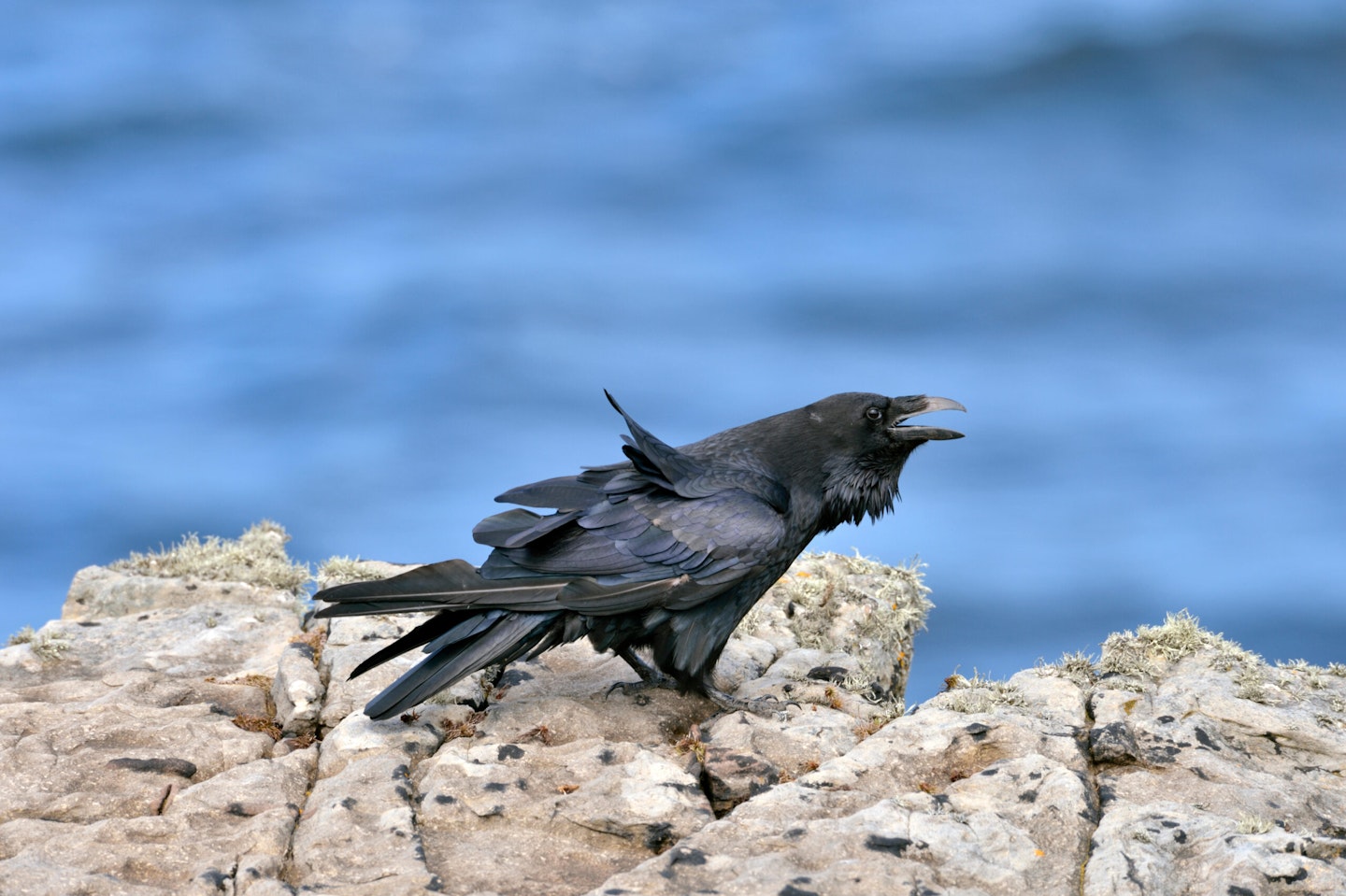
Raven
Like Buzzard, the Raven has made a sensational surge eastwards in recent decades. And it has also seemingly lost some of extreme wariness to become a bird now nesting in some towns and cities and their surrounds (favouring tall buildings such as cathedrals as well electricity pylons and similar towers; as well as nesting in trees). Like other corvids, they build their own nests, and will be nest-building from mid-February. Ravens are as big as Buzzards, as agile in the air as Choughs and as vocal as any other corvid, often betraying their presence with their wonderful ‘cronk cronk’ calls.
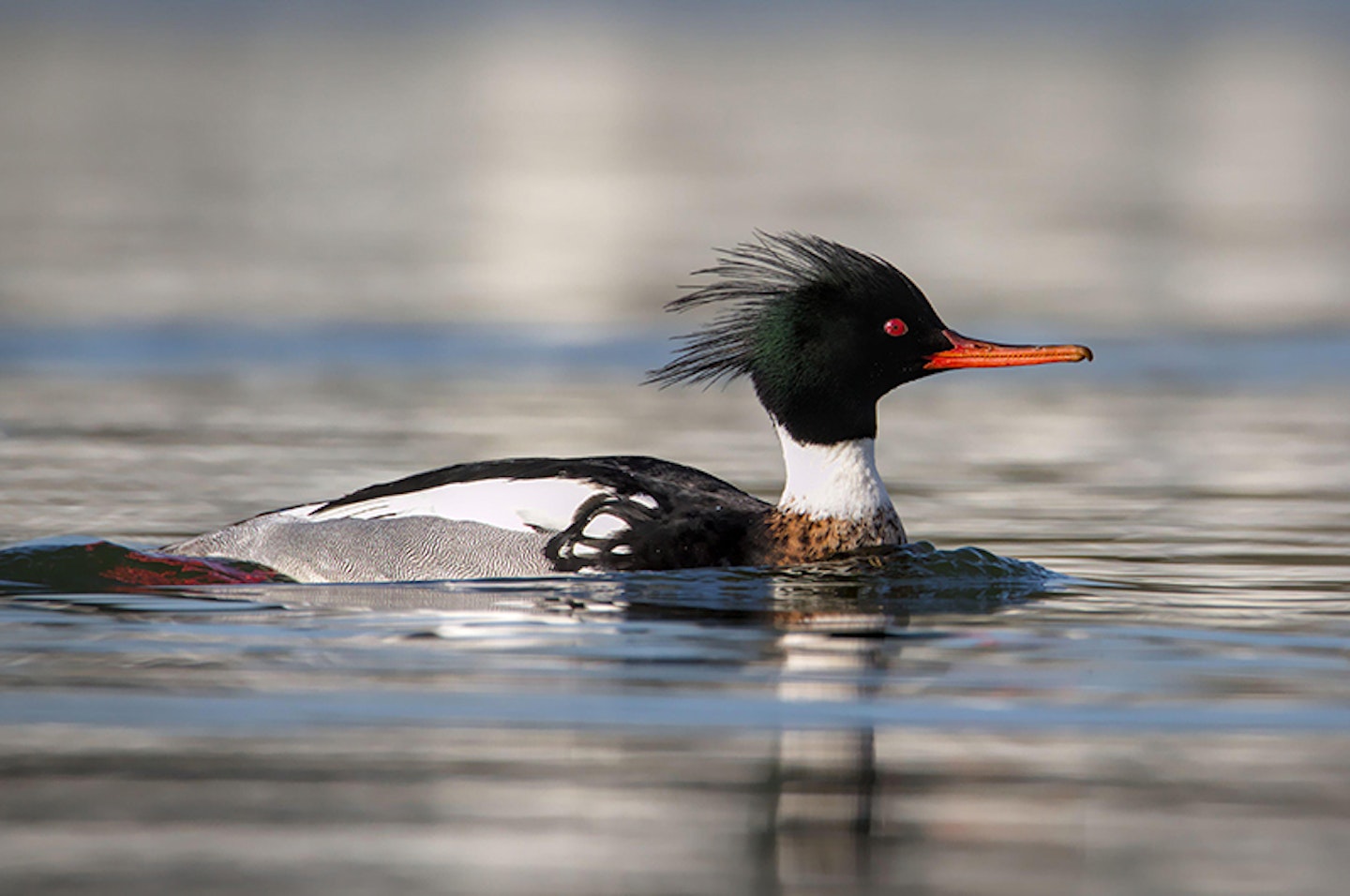
Red-breasted Merganser
The spiky-crested RbM is surely one of our most good-looking ducks. They are more of a saltwater bird than their relatives, Goosanders, wintering as well as breeding around coasts and estuaries. In the breeding season, they are one of those birds of the north and west of the country, but in winter they are found round all our coasts. Only adult males have the blackish-green heads and ‘red’ breasts. But all mergansers have the slim slightly upturned red bill and they all have the spiky crest!
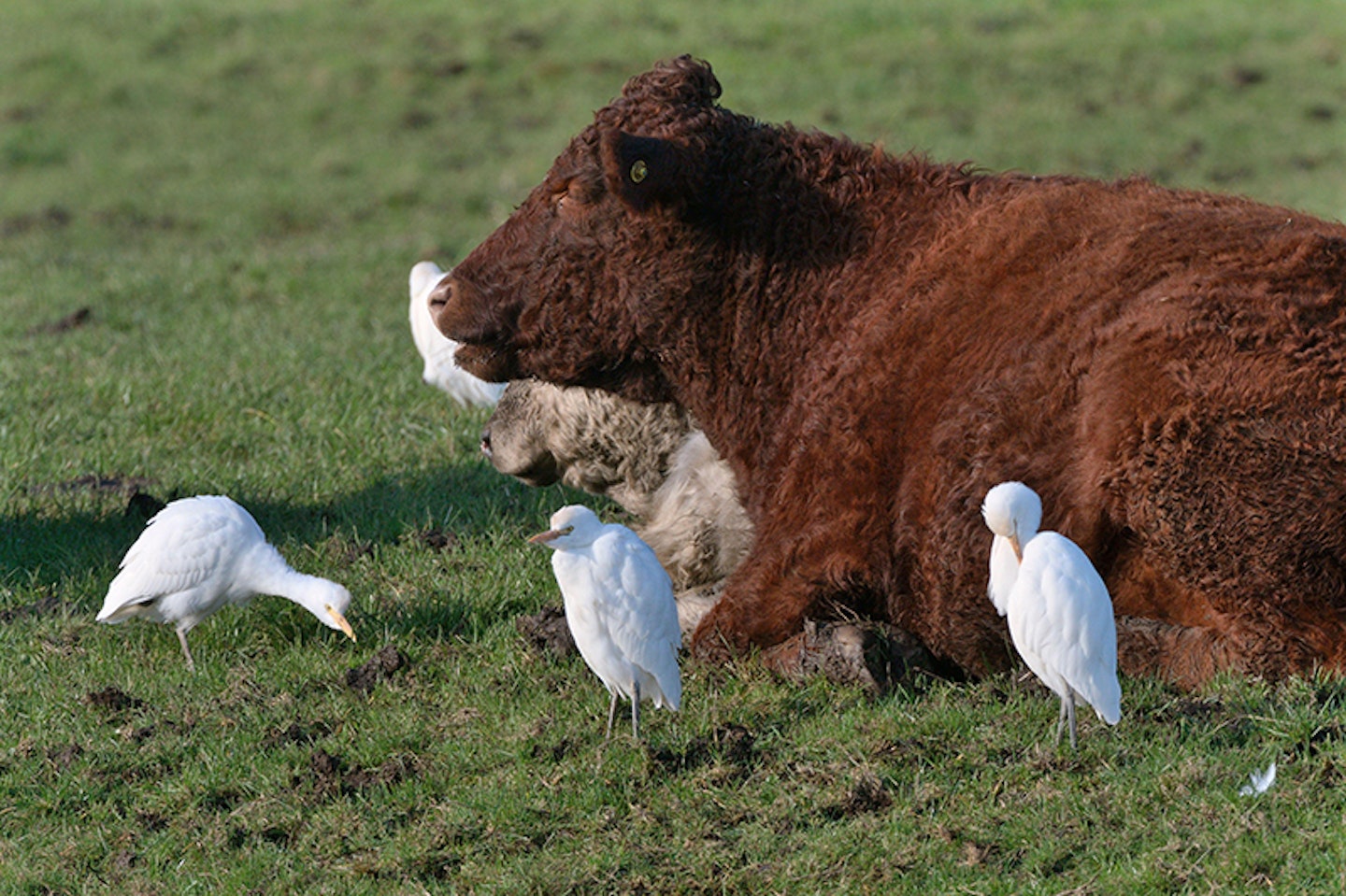
Cattle Egret
Have a look at an older edition of the Collins Bird Guide and you will see that Cattle Egrets have some purple (resident) blobs in France and Spain, but otherwise they come nowhere near the UK. Times have changed and egrets have sneakily conquered the world. They may not have complete control of this country, yet, but they are already breeding (so far, in small numbers) and flocks of more than 300 are now expected at some sites in the Somerset Levels.
